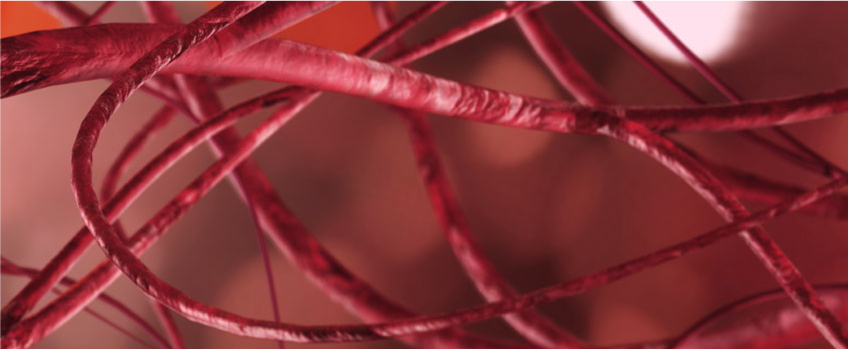Arteriovenous Malformation

Arteries and veins have specific functions; arteries carry oxygenated blood from the heart to the brain, and veins carry deoxygenated blood from the brain and back to the heart. A group of blood vessels in the brain bypasses the brain tissue and diverts blood from the arteries to the veins. A brain AVM is a tangle of abnormal blood vessels in the brain or on its surface. If the AVM ruptures, it can cause haemorrhage, stroke, or even brain damage. It is more common in men than in women. A person is born with the disease but it is not hereditary. After the person crosses their middle age, the brain AVMs remain stable and do not cause many symptoms.
What are the symptoms of AVM?
















AVMs may be a result of the development of abnormal direct connections between the arteries and the veins. But experts do not have an understanding of the cause of this malformation. Certain genetic conditions might have a hand at this but most types are not inherited.
Some doctors believe that AVMs occur in the womb or even shortly after birth and appear only later as the child begins to develop or grow. Children born with the malformation may have a bluish tint to their skin tone due to the unavailability of oxygenated blood in their body. The skin might develop into a reddish or a purplish tint as the condition would worsen with the child’s age.
In order to diagnose and treat AVMs, the physician must conduct thorough physical examination of the patient along with the diagnostic procedures.
Diagnostic Procedures
- CT scan
- MRI
- Cerebral angiogram
- Cerebral arteriography
Treatment of AVM depends upon
- Ruptured or unruptured state
- Area of the brain affected
- Size of the AVM
Treatment may include
- Medical therapy: In patients with asymptomatic AVMs, conservative medical management and regular follow up with a neurosurgeon is advised
- Surgery: Surgery is performed to eliminate the possibility of future bleeding
- Stereotactic radiosurgery: Followed for AVMs which are not too large in size but are located at an area that is difficult to reach
- Interventional neuroradiology
- Endovascular embolization

